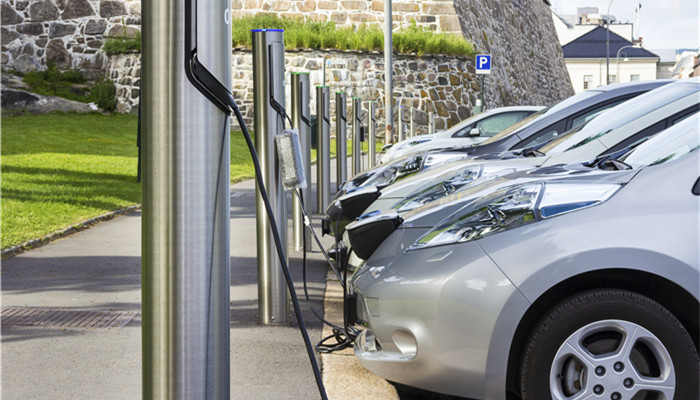
The proton exchange membrane fuel cell (PEMFC) industry has broad development prospects and attracts many companies to deploy
A fuel cell is a chemical device that directly converts the chemical energy of fuel into electrical energy. As global warming and environmental pollution problems become increasingly serious, countries and regions have put forward emission reduction requirements, and the demand for fuel cell applications continues to rise. Global fuel cell shipments have continued to rise in the past five years, growing from 64,000 units in 2016 to 83,000 units in 2020.
There are many types of fuel cells, mainly divided into proton exchange membrane fuel cells (PEMFC), alkaline fuel cells (AFC), solid oxide fuel cells (SOFC), molten carbonate fuel cells (MCFC), direct methanol fuel cells ( DMFC), among which PEMFC is currently the main fuel cell type, accounting for about 79% of all fuel cells shipped in 2020.
According to the “Proton Exchange Membrane Fuel Cell (PEMFC) Industry In-depth Market Research and Investment Strategy Suggestions Report 2022-2026” released by the Industrial Research Center shows that proton exchange membrane fuel cells have short start-up time, low operating temperature and high energy density, and have become one of the mainstream technologies for global fuel cell application and promotion. In the context of environmental protection, the demand for fuel cell applications continues to rise, and the global fuel cell market is expected to reach US$9.3 billion by 2025. The development of the PEMFC industry has the same trend as that of fuel cells. With the development of the fuel cell industry, the PEMFC market scale continues to expand.
Globally, fuel cells are mainly used in transportation, accounting for 81% of applications in this field. In China, hydrogen fuel cells are mainly used in new energy vehicles. In recent years, the sales of hydrogen fuel cell vehicles in my country have continued to rise, from 1,275 vehicles in 2017 to 1,586 vehicles in 2021. As of 2021, the number of fuel cell vehicles in my country will be approximately 8,936. In the future, as hydrogen fuel cells are promoted in commercial vehicles, the PEMFC industry will develop rapidly. Globally, hydrogen fuel cell shipments are mainly concentrated in Asia, accounting for about 60%, and North America accounts for about 35%.
Fuel cells, especially PEMFC, have good application prospects and attract many companies to deploy. Due to the high technical threshold for PEMFC production, especially the core proton exchange membrane, which is occupied by overseas companies, domestic companies are not competitive. Currently, Japanese, European and American companies have outstanding competitive advantages. The major fuel cell manufacturers in the world include AFC Energy, SFC Energy AG, Powercell, Doosan, TOSHIBA, Nedstack, Powercell, Qingneng Co., Ltd., Nuvera, Ballard, Plug Power, UTC Power, Bloom Energy, etc.
Industry analysts said that under the background of environmental protection and energy conservation, fuel cells are used in automobiles and other scenarios, and application requirements It continues to rise and the industry has good development prospects. Among fuel cells, PEMFC has a high application demand and will become a mainstream technology in the future, with huge potential for future development. However, since the core proton exchange membrane product of PEMFC is monopolized by overseas companies, domestic PEMFC does not have a competitive advantage, and the domestic PEMFC market has huge development potential in the future.

 微信扫一扫打赏
微信扫一扫打赏

